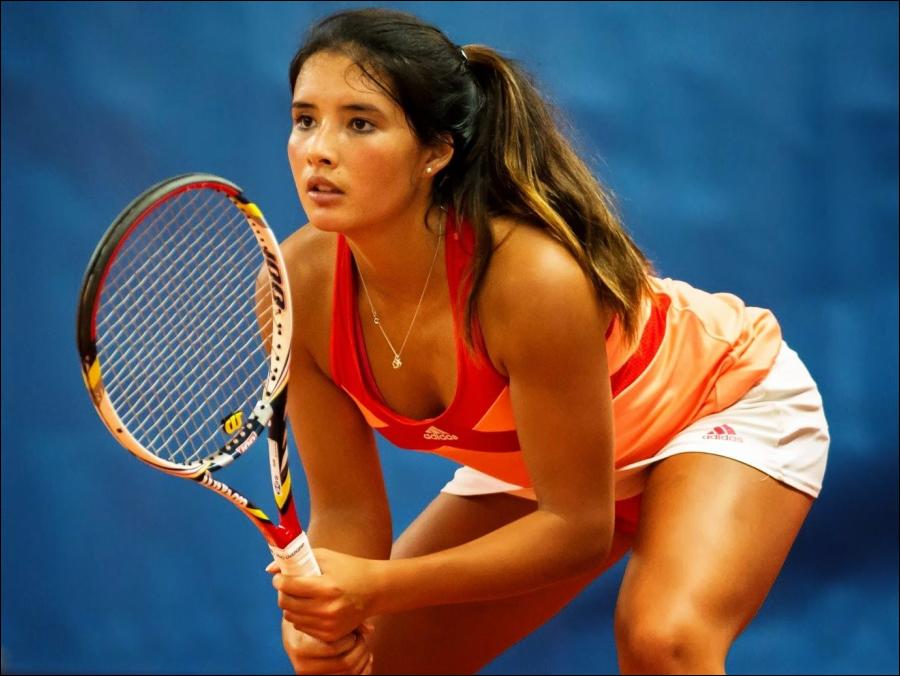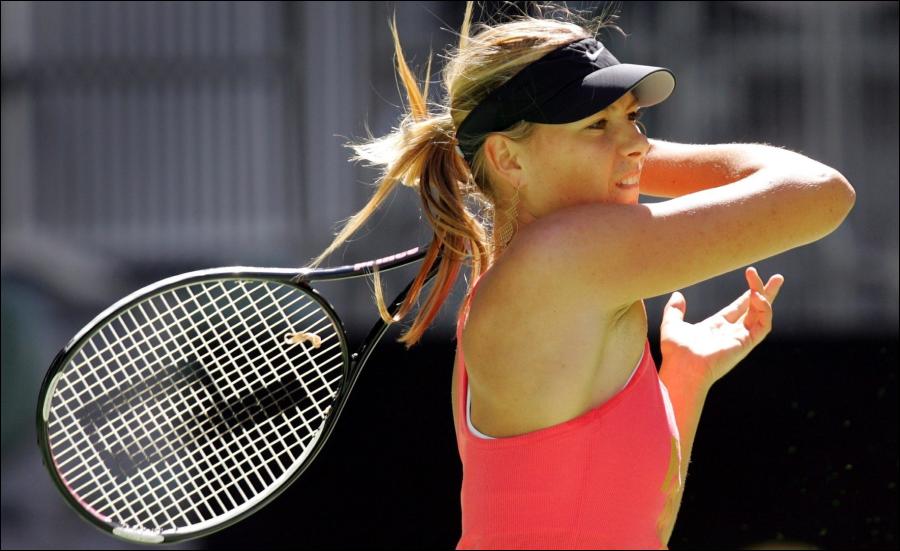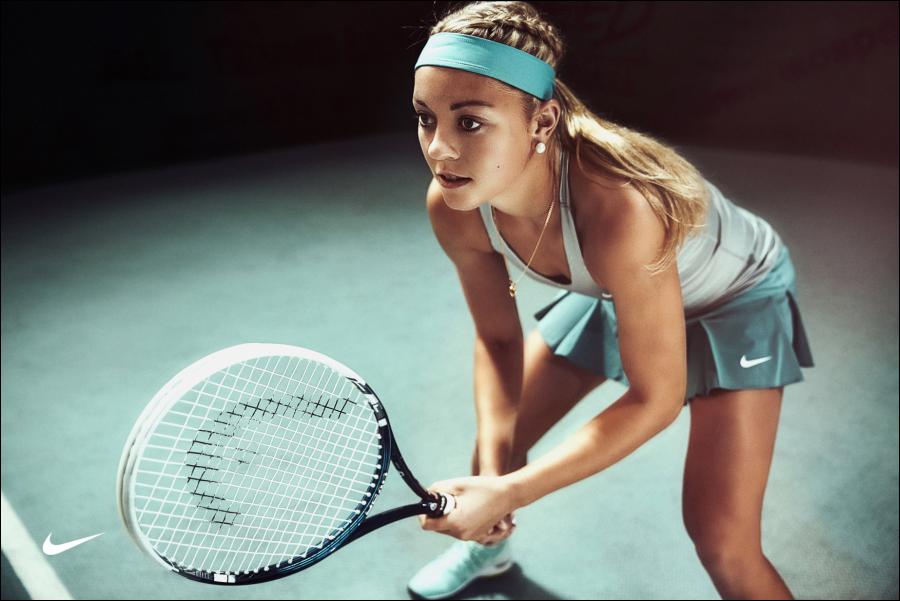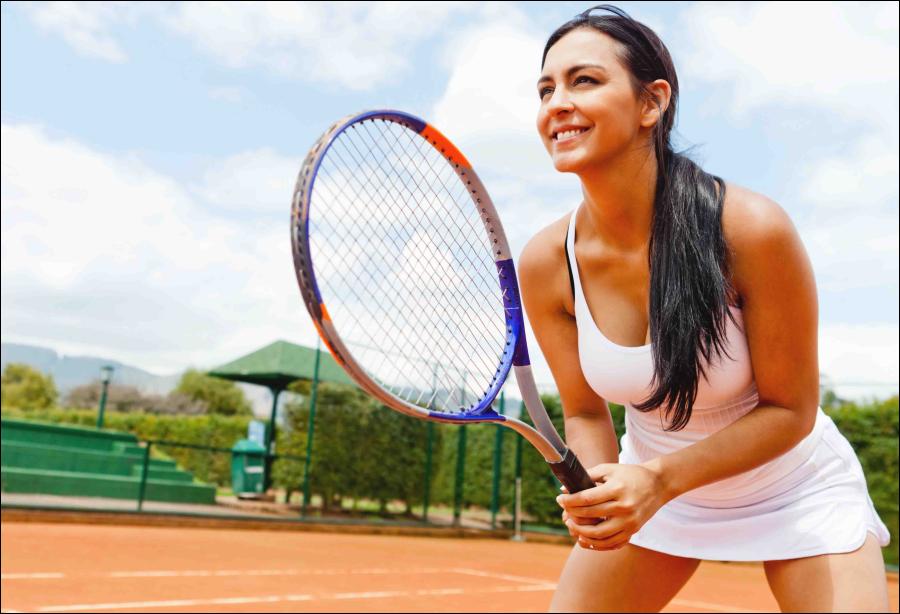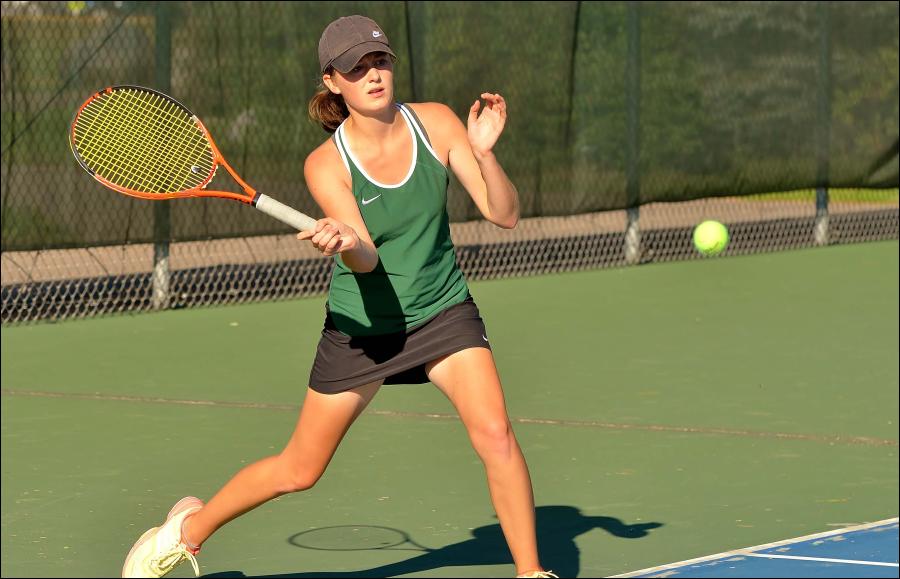Passing from the drive to the only other ground strokes of major importance, we now take up the chop stroke and the slice shot. The only difference between the two is in the angle made by the racquet head’s hitting plane and the flight of the ball. In a chop, the angle made by the racquet head’s hitting plane and the flight of the ball if extended past the point of contact is greater than 45 degrees.
The Mechanics of the Forehand and Backhand Drive
Everything I pointed out in “The Mechanics of the Forehand Drive” is equally correct for the backhand if you substitute “right” for “left” and vice versa. You step over with the right foot directly toward the left sideline, let the weight pass on to the right foot, and meet the ball on its lower lift surface.
The Drive
We will now take up the key stroke of tennis, on which all sound tennis games are, or should be, built. The drive, on both wings, is the most important single stroke in tennis. It is played probably twice as of ten as all the other strokes combined. It is the key to all back-court games, and since a player must make at least one ground stroke before he can volley, you can see that ground strokes will always be more important than the net game.
Three Types of Service
Having taken the position near the centre of the baseline indicated previously, glance at your opponent’s court to get your final direction, then look at the ball in your left hand. Let the racquet swing slowly back to the right of the body and then up to the right of the head and above it. Much of your weight has now gone back on your right foot. As the racquet starts up, start the left hand, holding the ball, up with it, and from a point about shoulder-high toss the ball to a point as high as the racquet will comfortably reach, slightly to the right of the head and about eight inches forward, toward the net.
The Service
There are three main types of service in general use, and from them come all the other variations that are of any value.
The Grips
The first step in acquiring good strokes is to learn the correct grips-notice I said grips, not grip, for no one grip will do for all strokes. You will hear much talk about the three schools of gripping the racquet:

